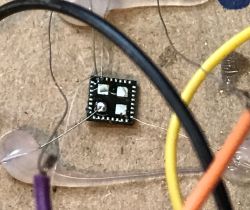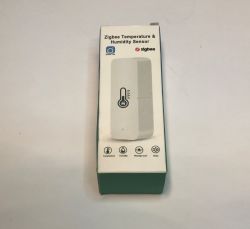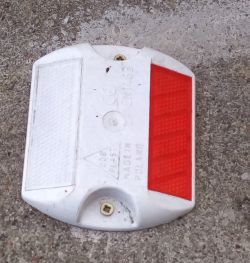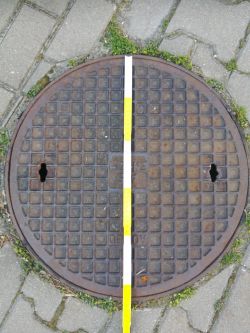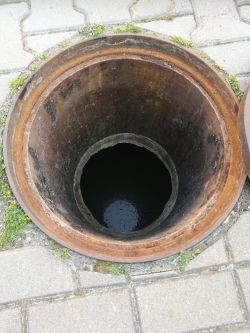Hello to all the specialists present on this forum. I am a complete greenhorn so I humbly ask one question in the hope that the answer in the language of a normal person will be easy. I have this idea of installing a wireless septic tank sensor. All sensors I have found require that a radio transmitter is placed outside the sump to send an overflow signal to the receiver. Unfortunately, this solution is not very suitable because my septic tank is located in a residential street leading to garages of detached houses. So car traffic and the activities of the neighbours (e.g. snow ploughing) could harm either the transmitter or a possible cable connected to the transmitter. In addition, sensor manufacturers recommend not to mount the transmitter in a manhole because in the case of a metal cover the transmitter signal only has a range of a few metres, which in my case is insufficient. My question: if I want to install a transmitter in a septic tank manhole, is it possible to transmit a radio signal over a distance of e.g. up to 10 m? Thank you in advance for any advice.



